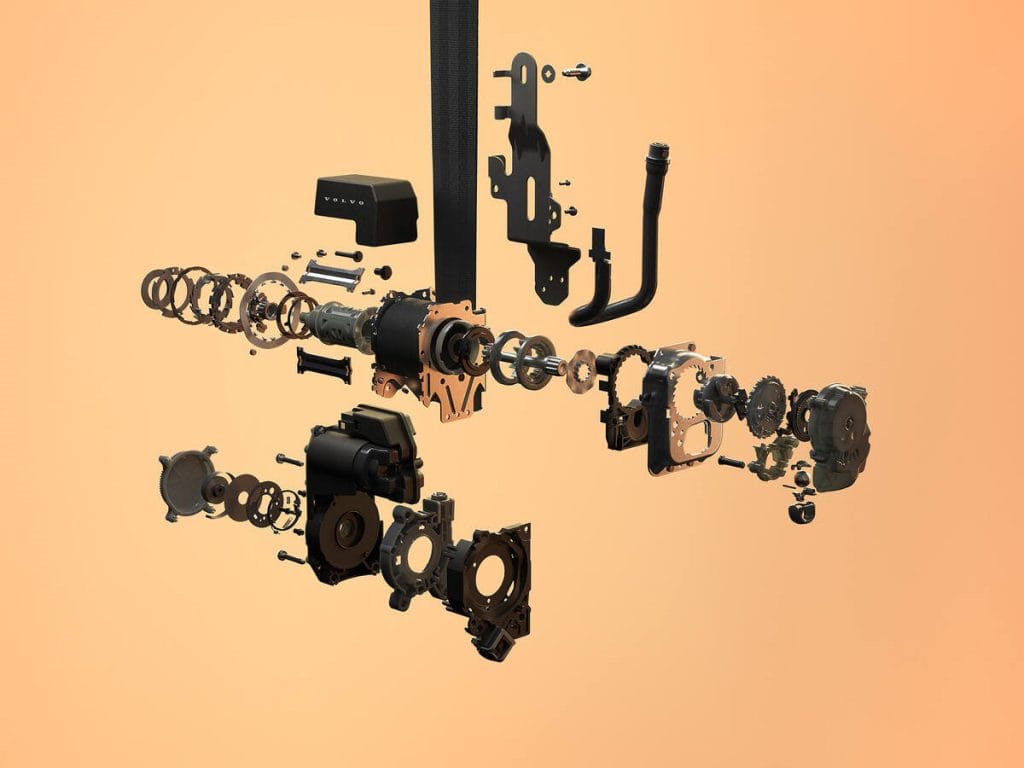
The multi-adaptive belt utilizes sensor-driven data to customize protection in a crash based on a person’s physical characteristics and the crash’s severity. Whether it’s adjusting to the height and weight of the occupant, their seating position, or the speed and angle of impact, the belt fine-tunes its tensioning force in milliseconds. With an expanded range of eleven load-limiting profiles, up from the industry norm of three, the system is designed to reduce injuries from head trauma to rib fractures across a range of body types and accident intensities. This leap in personalization is made possible by a network of internal and external sensors, tied into Volvo’s over-the-air software architecture, ensuring the system evolves as new safety data is collected.
Better with Time: A Safety System That Learns and Evolves
What sets Volvo’s multi-adaptive safety belt apart is not only its intelligence at the moment of impact, but its ability to get smarter over time. Designed to receive over-the-air software updates, the system evolves as Volvo Cars collects more real-world data and insights. This means each belt in the EX60 isn’t static hardware—it’s a dynamic component in a vehicle that continually refines how it responds to crashes, occupants, and previously unseen conditions.
Integrated into Volvo’s broader safety ecosystem, the belt works in tandem with occupant detection, airbags, and driver assistance features. This holistic safety strategy enables a harmonized response to emergencies, minimizing secondary injuries and enhancing the system’s effectiveness in complex scenarios. As each update enhances Volvo’s understanding of human physiology and crash dynamics, the belt becomes more than just a protective device—it becomes a living element in a learning safety network, designed to adapt as the world, and the people in it, continue to change.
Volvo’s announcement is more than a technical upgrade—it represents the company’s broader ambition to create a safety ecosystem where digital intelligence and physical protection operate as one. Developed at Volvo’s Safety Centre in Gothenburg, the belt integrates with airbags, occupant detection, and driver assistance technologies for a cohesive crash response strategy. “It’s not just a smarter belt—it’s a smarter understanding of what people need to survive real-world crashes,” said Åsa Haglund, head of Volvo’s Safety Centre. Backed by a proprietary database of over 80,000 real-life crash scenarios, the new belt is the latest outcome of decades of research aimed at making vehicles equally safe for all.
As Volvo Cars continues to position itself as a leader in the electric era, the EX60 and its next-generation safety features signal the company’s dual commitment to innovation and human-centric design. With a record SEK 400.2 billion in revenue and over 763,000 vehicles sold globally in 2024, the automaker is balancing financial growth with its core mission: making personal mobility safer, more sustainable, and increasingly intelligent. The adaptive seat belt, a humble but powerful invention, has just been reimagined for a new age of transportation.